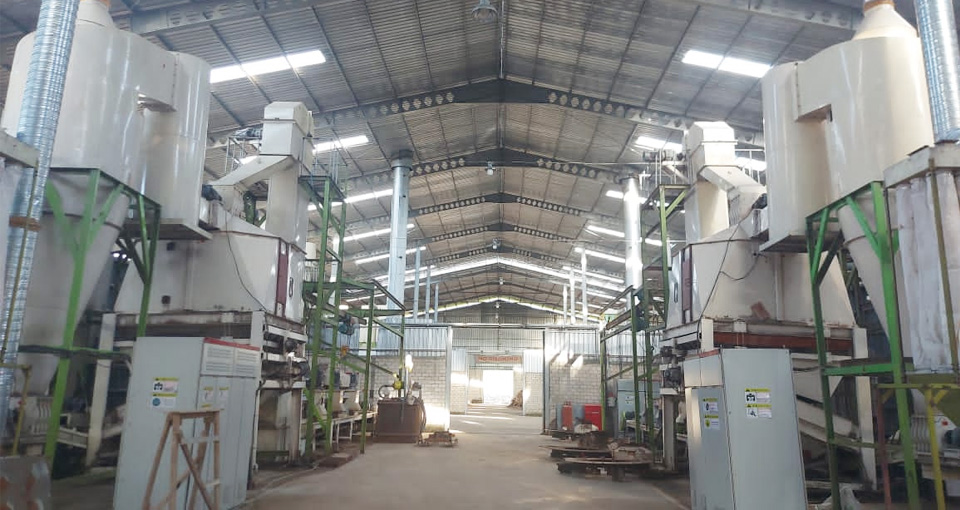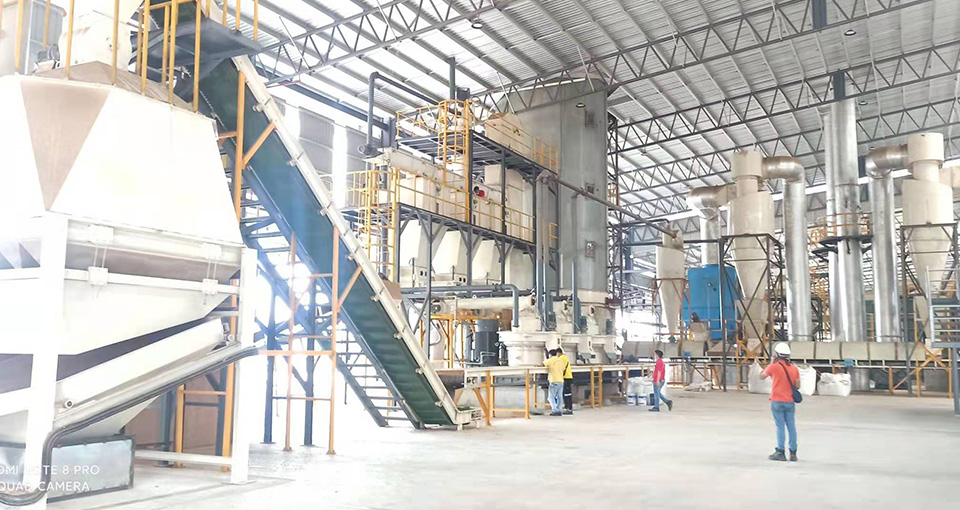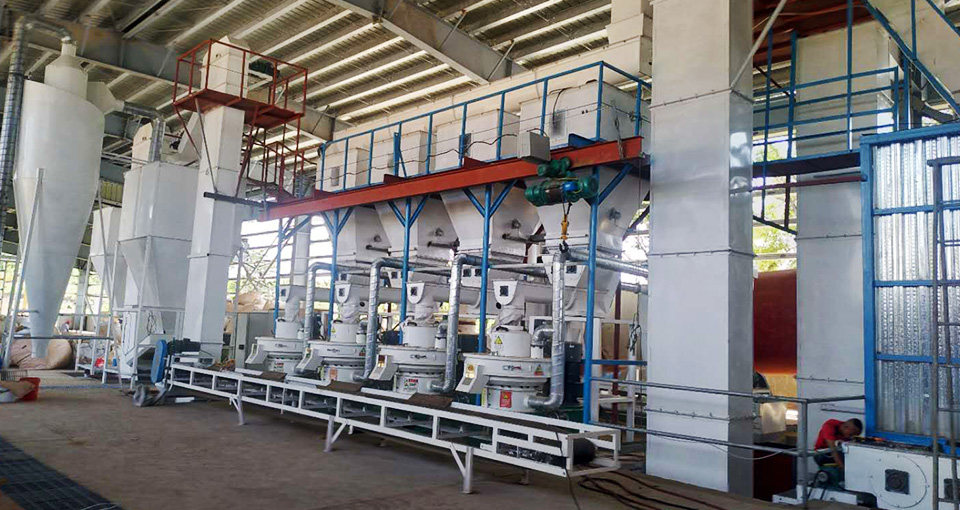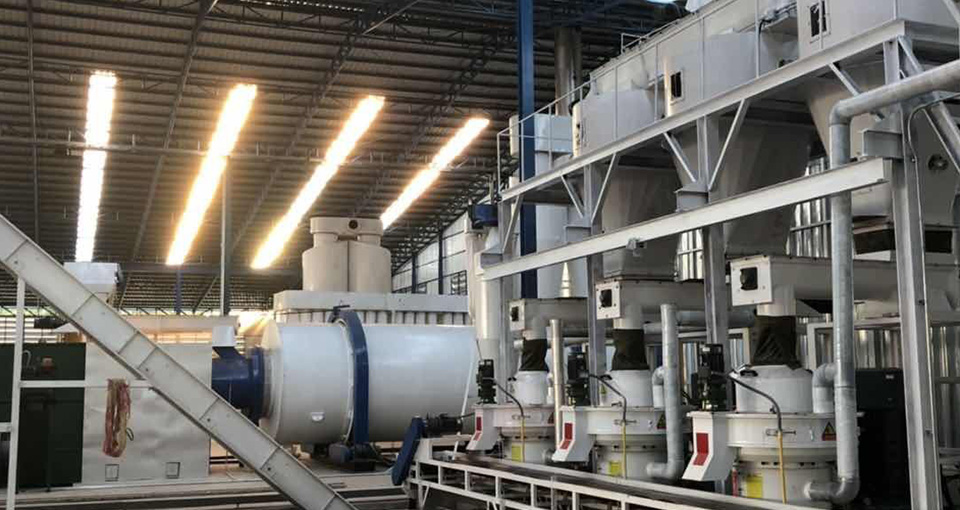
Indonesia has a variety of raw materials available for making biomass pellets due to its extensive agricultural and forestry industries. Here are some of the most common raw materials:
Agricultural Residues
Rice Husk:
Indonesia is one of the largest rice producers in the world, generating substantial quantities of rice husk as a byproduct.
Rice husk has high silica content, which can impact ash content in pellets, but it is still a viable raw material.
Palm Kernel Shell (PKS):
Indonesia is the largest producer of palm oil, and palm kernel shells are a significant byproduct.
PKS is known for its high calorific value and low ash content, making it an excellent material for biomass pellets.
Coconut Shell:
Abundant due to the extensive cultivation of coconuts.
Coconut shells have a high calorific value and produce low ash, making them a preferred choice for high-quality biomass pellets.
Bagasse:
A byproduct of sugarcane processing, commonly available in sugarcane-producing regions.
Bagasse has a moderate calorific value and is a sustainable raw material for biomass pellets.
Corn Stalks and Cobs:
Byproducts of corn cultivation.
These materials are widely available and suitable for pellet production.
Peanut Shells:
A byproduct of peanut processing.
Peanut shells are available in certain regions and can be used for pellet production.
Forestry Residues
Saw Dust:
Generated from sawmills and wood processing industries.
Sawdust is a common and excellent raw material for biomass pellets due to its abundance and good binding properties.
Wood Chips and Shavings:
Byproducts of logging and wood processing.
These materials are readily available and can be processed into high-quality pellets.
Bamboo:
Indonesia has significant bamboo resources.
Bamboo has a high growth rate and can be sustainably harvested for biomass pellet production.
Rubber Wood:
Derived from old rubber trees that are no longer productive.
Rubber wood has good calorific value and is a sustainable source of biomass.
Acacia Wood:
Commonly grown in plantation forests.
Acacia wood is suitable for pellet production due to its high calorific value and availability.
Empty Fruit Bunches (EFB):
A byproduct of palm oil extraction.
EFB can be processed into pellets but may require additional pre-treatment due to its high moisture content.
Sustainability Considerations
Environmental Impact: Using agricultural and industrial byproducts helps reduce waste and promotes sustainable resource use.
Economic Viability: Utilizing locally available raw materials can lower production costs and support local economies.
Energy Efficiency: Materials with higher calorific value and lower moisture content are preferred for efficient energy production.
By utilizing these diverse raw materials, Indonesia can effectively produce biomass pellets for domestic use and export, contributing to renewable energy initiatives and reducing reliance on fossil fuels.
5 ton/h Wood Pellet Production line Delivery to Thailand
Delivery of 5t/h Wood Pellet Production line to Southeast Asia
 20t/h Wood Pellet Production Line in Indonesia
20t/h Wood Pellet Production Line in Indonesia
Country: Indonesia
Capacity: 20t/h
Raw Material: subtropical trees
 10t/h Wood Pellet Production Line in Malaysia
10t/h Wood Pellet Production Line in Malaysia
Country: Malaysia
Capacity: 10t/h
Raw Material: wood log (acacia wood, eucalyptus wood)
 10t/h Wood Pellet Production Line in Philippines
10t/h Wood Pellet Production Line in Philippines
Country: Philippines
Capacity: 10t/h
Raw Material: wood log
 6t/h Wood Pellet Production Line in Thailand
6t/h Wood Pellet Production Line in Thailand
Country: Thailand
Capacity: 6t/h
Raw Material: wood log